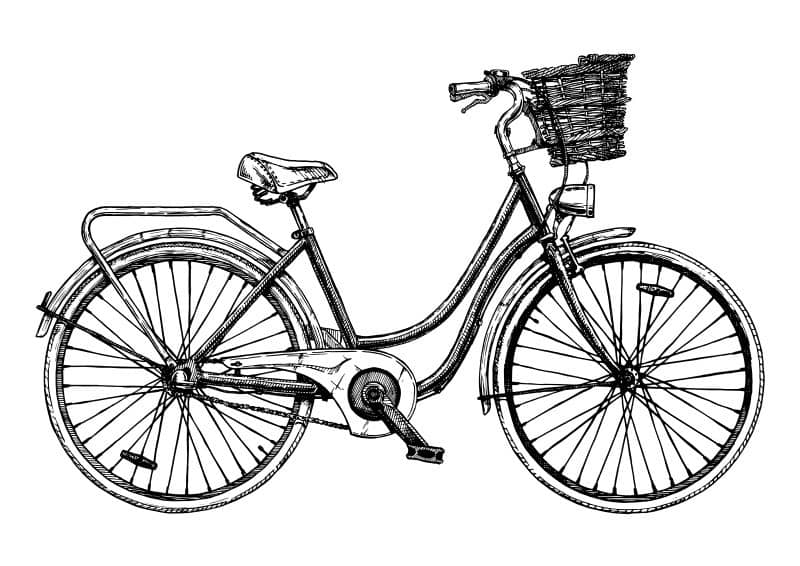Putting Customers First
Have you ever got so deep into a marketing project or campaign that you get so focused on the implementation and managing all the moving parts that you forget about who it is that you are actually trying to attract?
It’s so easy to think, I need to get more customers, I should do some SEO or I should run some Google or Facebook Ads and you throw a bunch of budget at it and hope for the best.
Unfortunately, it’s not that easy – unless you have a customer-centric approach which requires really understanding your customer and what motivates them. Only then can you target your message to reach them in the right place at the right time throughout the customer lifecycle.
And how do you do that?
Its all about creating great customer experiences
Digital marketing requires quite the mindset shift from the pre-digital era. Back then (the olden days) marketing initiatives were planned in campaign bursts around promotions and/or product launches.
These days time and budget need to be allocated into “always on” activities designed to maximise visibility and drive conversion throughout the customer journey.
The customer journey is no longer linear. It involves multiple touch-points across multiple channels using multiple devices!
It’s become about a lot more than just your website. Consideration needs to be given to search engines such as Google, social media platforms like Facebook or LinkedIn, messaging apps, review sites… the list goes on and on!
Every single one of these platforms assists in informing purchase decisions for people looking for products, services and experiences and this is happening constantly as consumers are searching online for information 365 days a year.

So, how can we ensure that in a potential customers search to solve a problem or fulfil a want or need, we create the best end to end experience for them throughout the customer journey?
I really like how Google talks about a customer-centric mentality of See, Think, Do, Care and how we reach our customers at these different stages. There are many ways to break down the journey but this is a really simple one to remember.
SEE
This is the people at the awareness stage of the journey. They are the largest qualified audience with potential to be interested in your offerings but have no commercial intent at this point.
E.G. A bike company might target people who ride bikes or people that love outdoor life, and they create awareness for bikes for sale or bikes for rough terrain or road etc.
THINK
An audience that is considering a purchase, E.G. people who ride bikes and think they need a new bike. The focus, therefore, needs to be on providing information about how the bike is different from its competitors and what bikes suit what purpose.
DO
Those at this stage in the journey have strong commercial intent, i.e. they are on the brink of a purchase. In fact, they might be just days or minutes away from buying.
E.G. people who are looking to buy a specific type of bike – this is an opportunity to offer added value or a discount.
CARE
These people have already purchased and it’s their loyalty you want to keep. They are your brand fans: you care about them and you most certainly want them to care about you.
E.G. focus on things like blogging about bike trails in the area or recommend bike accessories to continue to engage these customers.

At first glance, these stages might seem similar to the more traditional funnels such as awareness, research, evaluate, acquisition and retention etc but there are a few key differences which I could do into in great detail here but will keep it simple for now and will expand on these in my next blog.
Understanding intent -what are consumers looking for at each touchpoint? Both in their path to purchase and also at the point they convert into customers.
Utilise signals – the See, Think, Do, Care approach utilises signals to assist in uncovering insights as the consumer travels through the customer journey. This enables the ability to keep the messaging relevant.
Always-on Presence – Customers are online for hours and hours every day and because See, Think, Do, Care focuses on intent and signals and it’s not a linear process, your marketing presence must be ‘always-on’ rather than ‘bursts’ in order to have a decent chance of getting in front of your customers.
Mind-blowing statistic: Kiwis spend on average 5 hours and 55 minutes online every day according to the latest annual Hootsuite report and 1 hour 43mins of this is spent solely on social media.
Applying KPIs (key performance indicators) throughout the customer journey
- In the awareness or “SEE” stage you may look to measure interactions with an ad or first-time website visits.
- For the “THINK” stage it may be website engagement e.g how many pages a visitor has viewed.
- The “DO” stage is all about conversion rate and this conversion measure will vary depending on your business e.g a successful contact form enquiry, a phone call, or an online sale.
- For the “CARE” stage, you might be most interested in monitoring the sign ups to your email marketing database, your YouTube channel or LinkedIn page, or how many people are actively reading your blog as these can be great building blocks for repeat business.
A deep KNOWLEDGE of what motivates your customer really IS POWER if you want to reap the benefits of marketing online.

If you would like to understand more about how to get in front of the right people at the right time in their path to purchase, then let’s grab a coffee and chat.

